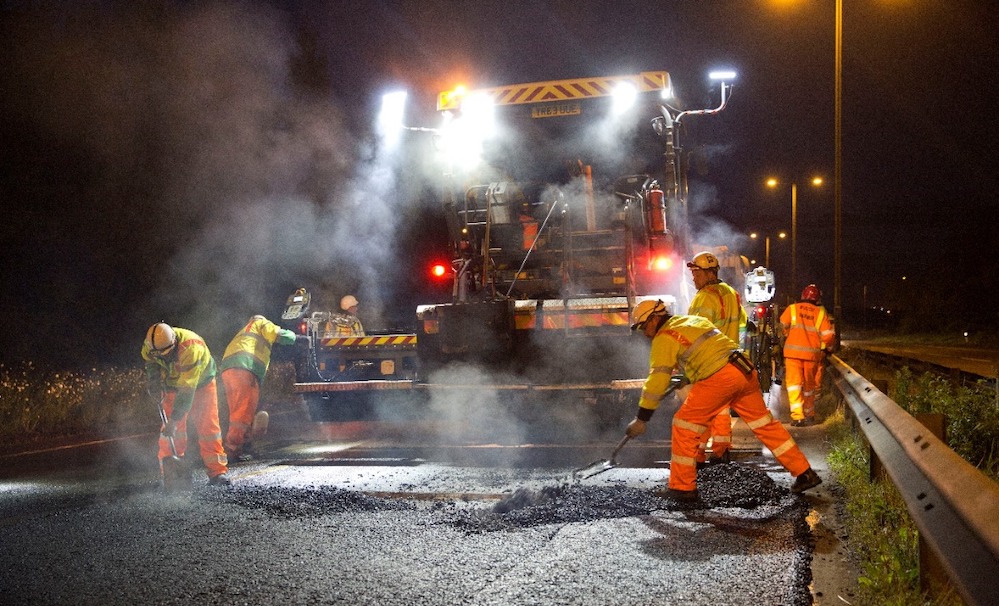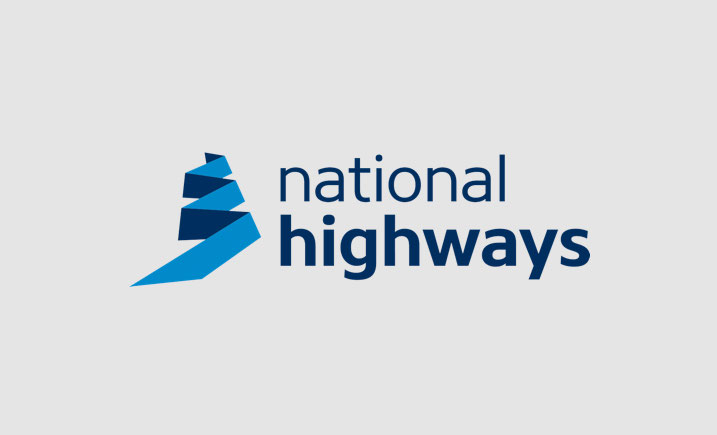Hundreds of thousands of rail passengers will suffer hours of delays and cancellations this month as ‘bridge-strikes’ – when a lorry that’s too big hits a low bridge – reach their peak, with new figures revealing October/November see around ten incidents reported every day. The railways suffer almost 2,000 bridge strikes every year costing the taxpayer some £23m in damages and delays.
‘What the truck’ and ‘Lorries can’t limbo’ are just two of the eye catching straplines for Network Rail’s new ‘bridge bash’ campaign aimed at HGV drivers and haulage companies. Research has found:
- 43 per cent of lorry drivers admit to not knowing the size of their vehicle
- 52 per cent of drivers admit to not taking low bridges into account when planning their journeys
- Five bridge strikes happen across the country everyday – with a peak of 10/day in October
- On average, each bridge strike costs £13,500 and causes two hours of delays to train services
Sir Peter Hendy, chairman of Network Rail and a driver of a double decker bus himself, explains:
“Size does matter when you’re a professional driver in a heavy vehicle. Not knowing the size of your vehicle or load could lead to a serious accident, and the loss of your licence. Every incident creates potential delay for tens of thousands of passengers and potential costs for taxpayers, and this is happening multiple times a day.
“It’s only a matter of time before road or rail users are killed as a result of this carelessness; we need professional HGV drivers and their operator employers to get behind and support this campaign to eradicate bridge bashing, which reaches epidemic levels at this time of year.”
Network Rail and Transport for London (TfL) are urging drivers to fully understand the size of their vehicles and plan their route to avoid low bridges – too many drivers are chancing it under railway bridges with disastrous results.
Glynn Barton, Director of Network Management at TfL, said:
“Disruption to the transport system caused by a small number of drivers not knowing the heights of their vehicles is completely avoidable. The simple act of checking the height of your vehicle and being vigilant for bridge height road signs will make a huge difference to keeping our roads and railways reliable for everyone.”
The end of this month (October) sees a peak in the number of strikes, rising to almost 10 per day. Research suggests this could be due to the hour change and increased deliveries ahead of Christmas. Figures show most bridge strikes happen between 10am and 11am, but remain high all day until around 6pm in the evening and can cause hours of travel chaos.
The most bashed bridge in Britain, currently Stuntney Road bridge in Ely, Cambridgeshire has been hit 113 times since 2009. Kenworthy Road bridge in Homerton, comes a close second with 99 strikes in the last eight years and third a bridge on Thurlow Park Road in Tulse Hill which was also been struck a whopping 92 times. Network Rail’s bridge bash campaign ‘What the truck’ will involve:
- Engaging the haulage and public transport industries
- Fitting steel beams on rail bridges where there are a large number of strikes to reduce the impact, resulting in less damage to infrastructure
- Working with local authorities to ensure road signs displaying bridge heights are correct and up to date
- Calling for stricter enforcement of penalties for drivers when strikes do happen
Network Rail has been working across the industry, getting key players on board and banging the drum about the issue to stop strikes before they happen. The rail infrastructure company has already started to raise awareness of the issue by visiting logistics companies, as well as working with trade bodies such as the Road Haulage Association (RHA) to get the issue on the map. Eddie Stobart, DHL and Wincanton have been key partners for Network Rail and have supported them in understanding the underlying issues and developing solutions.
David Pickering, Chief Operating Officer at Eddie Stobart, said:
“We are pleased to be supporting Network Rail’s campaign as we have worked really hard to highlight the importance of our drivers knowing the height of their vehicles. As well as carefully planning routes to avoid low bridges, we carry out manual vehicle checks at the beginning of every journey which requires the driver to adjust the trailer height on a measurement in the cab. Additionally, we are installing software early next year which will warn drivers with an audible alarm when they are approaching a bridge. We have also tried some quirky ways of engaging drivers in the issue including our giant giraffe ‘Bridget’ in our Training Academy which serves as a constant reminder to our drivers of why they need to be bridge aware!”
Following months of research into why strikes happen, the campaign will be launched to all key players in the haulage industry calling on them to challenge their drivers to ‘check it, rather than chance it’ running until April next year.







